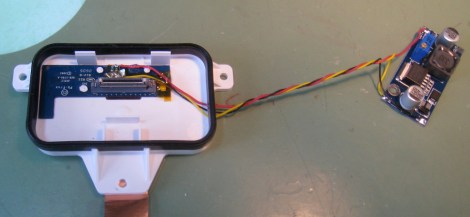The common belief is that big companies are out to get the little people by making products that break after a short period, or with substantially new features or accessories that make previous models obsolete, requiring the user to purchase a new model. This conspiracy theory isn’t true; there’s a perfectly good explanation for this phenomenon, and it was caused by the consumers, not the manufacturers.
When we buy the hottest, shiniest, smallest, and cheapest new thing we join the wave of consumer demand that is the cause of what often gets labelled as “Planned Obsolescence”. In truth, we’re all to blame for the signals our buying habits send to manufacturers. Dig in and get your flamewar fingers fired up.
Continue reading “Planned Obsolescence Isn’t A Thing, But It Is Your Fault”














